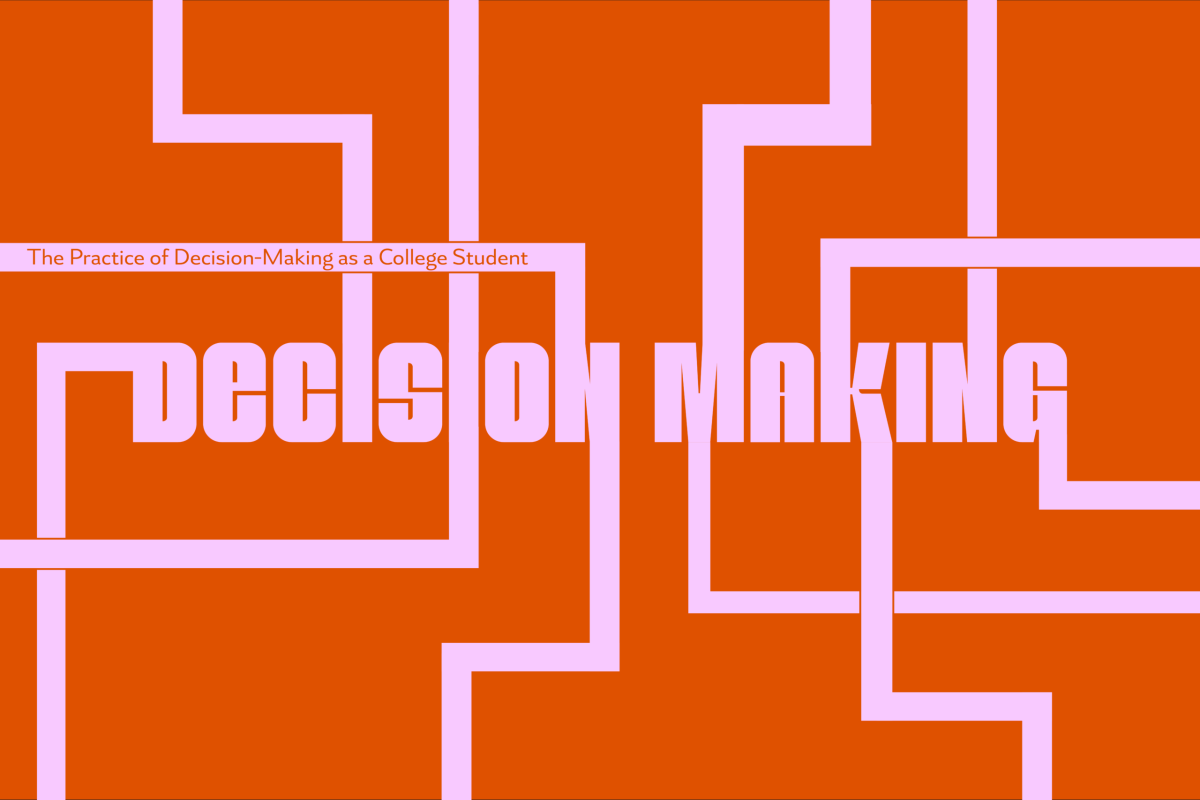_Campbell Biemiller is a first-year journalism major at MU. She is an opinion columnist who writes about politics and entertainment for The Maneater._
With vaccine supplies on the rise, Gov. Mike Parson announced on Feb. 26 that Missouri will enter Phase 1B Tier 3 starting March 15, 2021. 550,000 Missourians will be able to get the first dose of the vaccine, including all critical infrastructure employees.
In Missouri, Phase 1A consists of hospital personnel, long-term care facilities and residents and the Department of Mental Health-operated facilities. Phase 1B tier one includes first responders, emergency services and public health infrastructure or any non-patient-facing workers. Phase 1B tier two is high-risk individuals, and tier 3 is critical infrastructure employees.
Higher education staff and faculty aren’t included until Phase 2 of the vaccine rolls out. Most students throughout all grades are in Phase 3 unless they are at high risk of getting infected.
MU announced that by fall of 2021, classes will be fully in person. If 1,000,000 people received the first dose each day, 75% of the United States population would be vaccinated by April 2022, according to Reuters Graphics. If MU wants to promote a healthy and safe in-person learning environment, at least double this amount would be needed by fall of 2021.
If teachers are a higher priority than students, classes will return to in-person learning in an environment where COVID-19 can be transmitted through students while teachers are out of harm’s way.
While teachers are more at risk because they are typically older than students, not having students vaccinated would lead to more cases and an unproductive learning environment. If people are sick or absent, it is much harder for students to learn and for teachers to teach. The majority of the people in the room are at risk of contracting COVID-19 if everyone isn’t vaccinated, so the initial problem still remains.
The priority of teachers and students should be the same. Only vaccinating teachers and sending everyone back to school puts all students at risk and can affect their roommates or people they see on a daily basis.
Students of most ages attend multiple classes with different students daily. According to Public University Honors, the average class size is about 25 students. At MU, many students are still taking classes in person. In my five-class schedule, 3 1/2 of them are in-person. This means I come in contact with about 90 people in my classes, not including my dorm or dining halls.
It is difficult to educate students when there is a constant safety risk to worry about. Canvas pages highlight COVID-19 testing before they mention the course modules, and the pandemic is an underlying concern behind school work.
Grace Lee, the chief medical officer for practice innovation and pediatric infectious disease physician at Stanford Children’s Health, said education workers are given some priority because of the concern toward students’ social and academic prosperity with school closures, according to NPR. If parents and educators are concerned toward students’ social and academic well-being, they should have the same priority teachers do when it comes to the vaccine.
In a study conducted by the U.S. National Library of Medicine National Institutes of Health, social distancing protocols and limitations stressed 86% percent of college students and concerns toward academic performance caused stress for 82%.
Young people are socially affected by the pandemic greatly, even if they aren’t physically at the highest risk. Not being able to socially interact with peers eliminates the social growth needed to develop strong interpersonal skills, which could further hurt a student’s long-term career.
There is little benefit to prioritizing teachers’ vaccinations if students aren’t included. Being that students are the ones paying for an education, they should have equal chance at getting the vaccine.
The education system of America functions and profits off of students. If we aren’t protected, the priorities of the government are in the wrong place.
_The Black Voters Matter Fund raises money to help marginalized, predominantly Black communities increase their power through effective voting. They work toward social justice throughout the year and speak their own issues in order to give power to Black voters. We at The Maneater encourage you to donate to this cause. Donations can be made at: https://blackvotersmatterfund.org/_
_Edited by Sydney Lewis | [email protected]_













